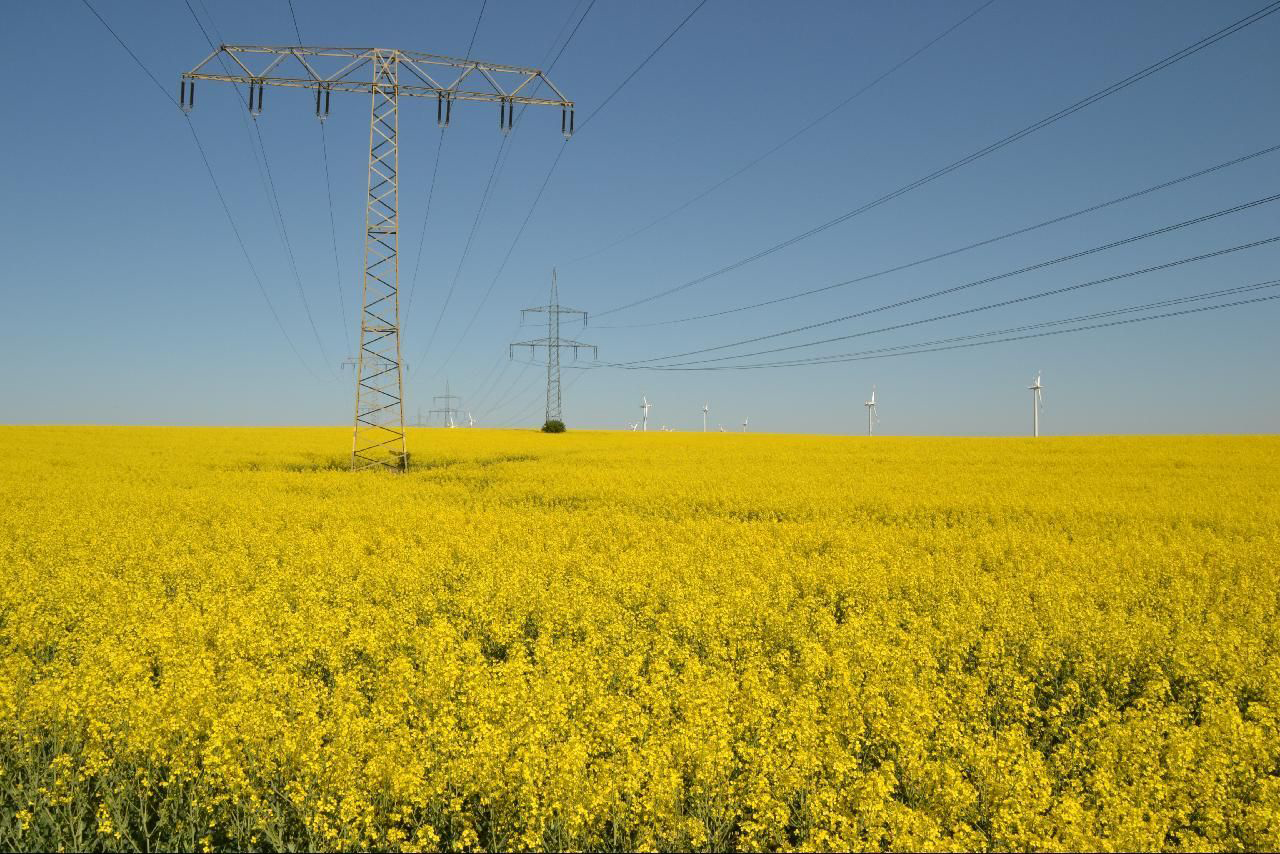| Duration: | April 2019 - March 2022 |
| Contracting Authority/ Sponsors: | Federal Ministry for Economic Affairs and Energy (BMWi), research focus "Forschung für eine umweltschonende, zuverlässige und bezahlbare Energieversorgung" im Rahmen des 6. Energieforschungsprogramms der Bundesregierung |
| Project Partners: |
TU Braunschweig: elenia, OTH Regensburg, KBR Kompensationsanlagenbau, 50Hertz Transmission GmbH (Übertragungsnetzbetreiber), E.DIS Netz GmbH (Verteilnetzbetreiber), TEN Thüringer Energienetze GmbH & Co. KG (Verteilnetzbetreiber), WEMAG Netz GmbH (Verteilnetzbetreiber), Siemens AG (Schutzgerätehersteller), SCADA International (Hersteller von Parkregler), BayWa r.e. (Projektierer von Erneuerbare Energieanlagen) |
| Webseite: | https://www.fenes.net/forschung/energienetze/laufende-projekte/q-integral/ |
| Project Focus: |
Q-Integral – Reactive Power Management in Use with Dynamic Reactive Power Sources at the Interface of Distribution Grid and Transmission Grid
With the steadily growing share of renewable energy sources, the power grid is facing major challenges. In order to ensure the safe operation of distribution and transmission grids in the future, existing concepts of grid operation management must be adapted and new ones developed. Reactive power management, in particular, will undergo a major change over the next few years, as opposing trends are emerging here. On the one hand, conventional reactive power sources in the form of conventional power plants will have to be replaced. On the other hand, the demand for reactive power will increase further and will also be subject to stronger fluctuations due to the fluctuating feed-in of wind and PV power plants.
These changes are based on the shift from conventional reactive power sources in the form of central conventional power plants in transmission grids towards decentralized renewable power plants in distribution grids. This will result in bi-directional load flows in the future, which are subject to fluctuations due to the volatile feed-in characteristics. Furthermore, the reactive power study of the BMWi has shown that the demand for reactive power in the transmission grid will increase. Grid operators are expected to incur very high investment costs in order to meet these challenges in the future. This is precisely where the research project Q-Integral, funded by the BMWi with approx. 1.9 million euros, comes in. With a holistic examination of the topic of reactive power, urgent questions are to be answered and cost-effective alternatives are to be investigated. The potentials of the various reactive power supply options at distribution and transmission grid level are to be analyzed technically and economically and made usable.
- For this purpose, Technical University Braunschweig is developing an adapted active reactive power management system with the help of industrial partners. This reactive power management across several voltage levels pursues an approach in which reactive power flows are controlled and optimized across grid operator boundaries if required
- "Ostbayerische Technische Hochschule Regensburg" and the manufacturer of compensation networks KBR, on the other hand, are dealing with the topic of grid planning. They will develop a planning procedure in which different reactive power sources, in particular compensation networks operated in private enterprises and factories, can be evaluated by a technical and economic analysis
- A fundamental question relating to the elaboration of extended reactive power strategies is the possible influence of existing protection concepts of the distribution and transmission grids. The changing reactive power flows and the use of reactive power management procedures are likely to impair the functionality of certain protection concepts. Fraunhofer ISE analyzes these influences and develops new protection concepts if necessary. Fraunhofer ISE is also investigating the speed at which different sources can provide reactive power. One of the advantages of renewable energy sources is that these reactive power changes can be implemented very quickly. However, this can potentially lead to instabilities in the power grids. To avoid this, the control dynamics of the various reactive power sources are analyzed and the effects of different dynamics on grid stability are investigated
